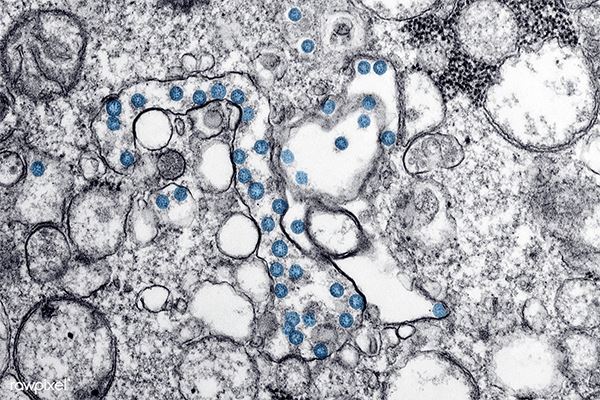Advancing the sciences, engineering & applications of ultraviolet technologies to enhance the quality of human life & to protect the environment. |

Advice for the selection and operation of equipment for the UV disinfection of air and surfaces
The International Ultraviolet Association (IUVA) is a non-profit association bringing together scientists, engineers, ultraviolet (UV) manufacturers, consultants and others with an interest in safe and effective treatments using UV light. IUVA has received many inquiries recently, as a result of the COVID-19 crisis, as to a whether or not IUVA has advice for the selection of and use of UV disinfection systems for the healthcare industry. This list is intended to provide advice for those who are thinking of purchasing UV disinfection equipment. These tips should only be considered as suggestions. Although the content of this document will have relevance in some sense around the world, it has been prepared largely for the North American market.
DisclosureThe International Ultraviolet Association (IUVA) provides this advice as suggestions only; IUVA cannot be held responsible for any application or misuse of this advice. Note:The information provided here is believed to be current at the date of publication. The statements found here may not cover all applicable information. IUVA is not responsible for the conditions of use of particular UV equipment. It is the user’s responsibility to determine the safe conditions of use. This information is offered in good faith and is believed to be reliable; however it provides neither warranties nor representations. IUVA disclaims any and all liability for the damages incurred directly or indirectly through the use of this document. Nothing contained herein should be considered a recommendation or endorsement. Contact your supplier for additional information. |

 The IUVA’s COVID-19 Response
The IUVA’s COVID-19 Response